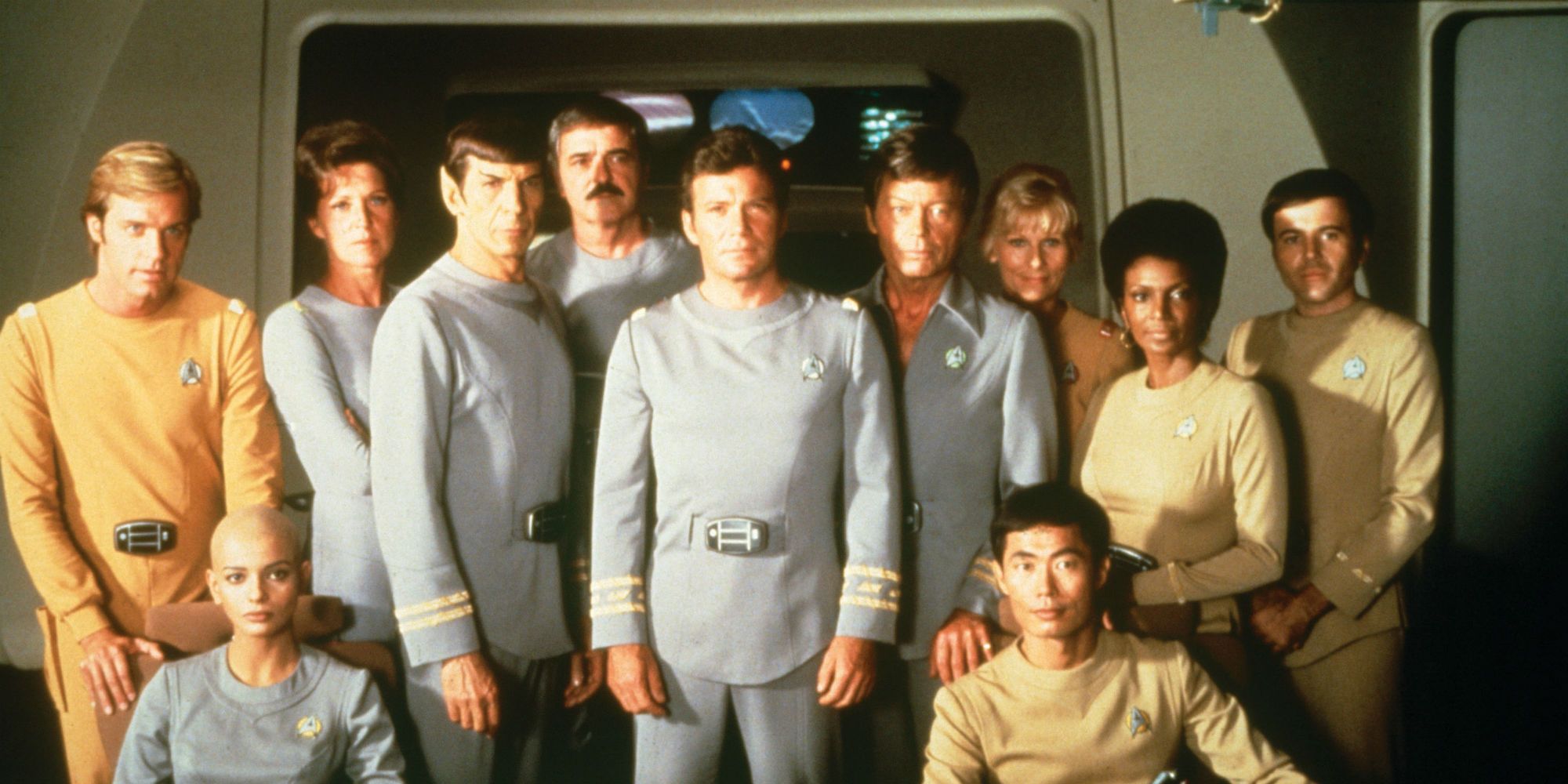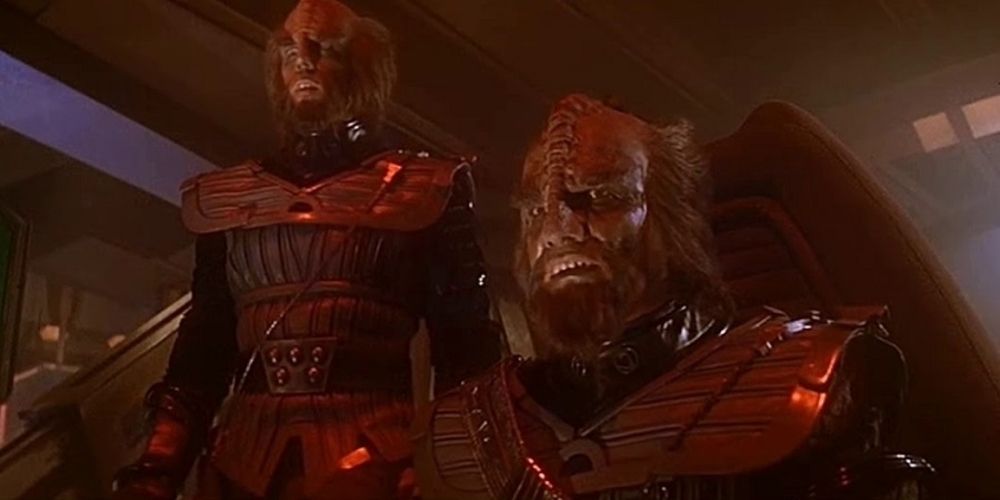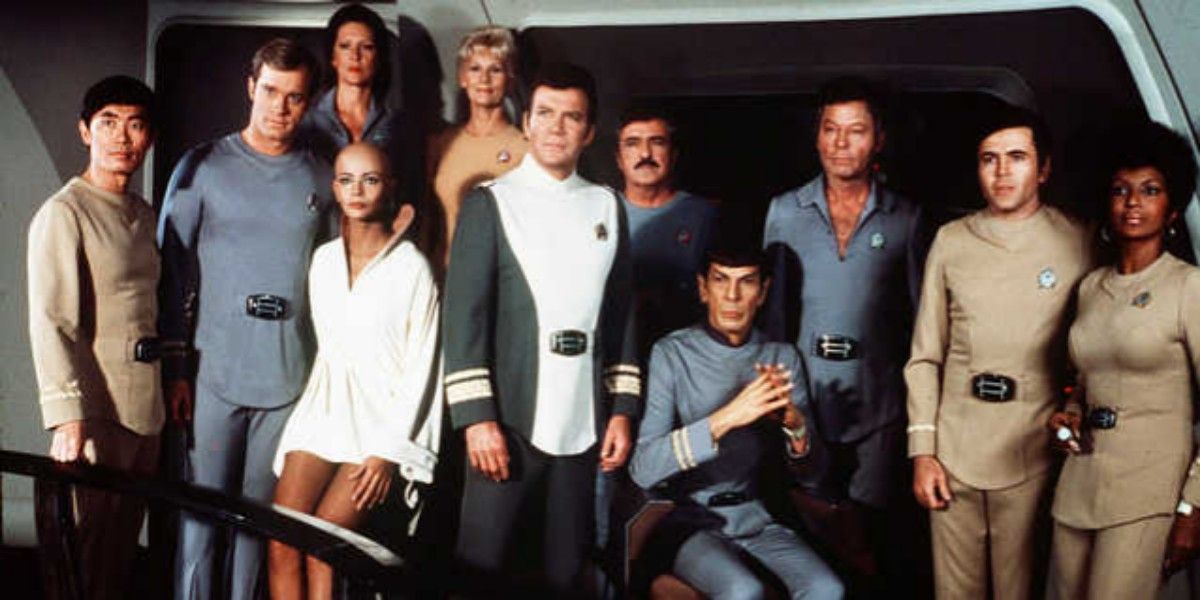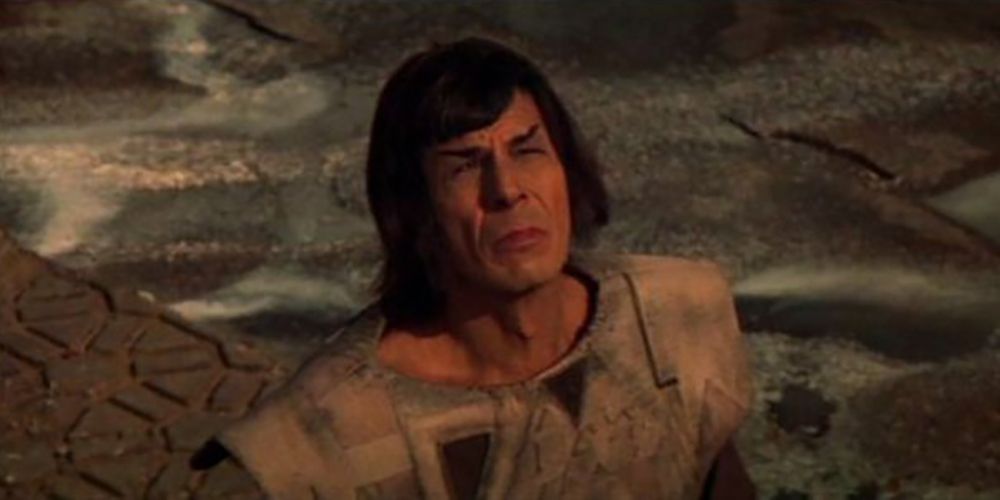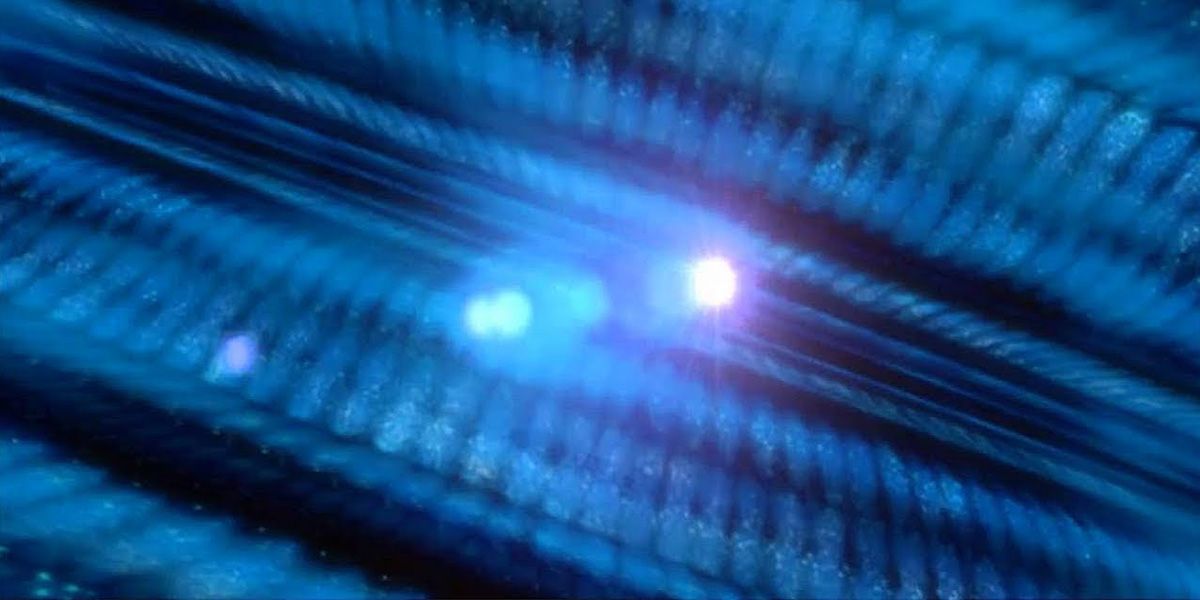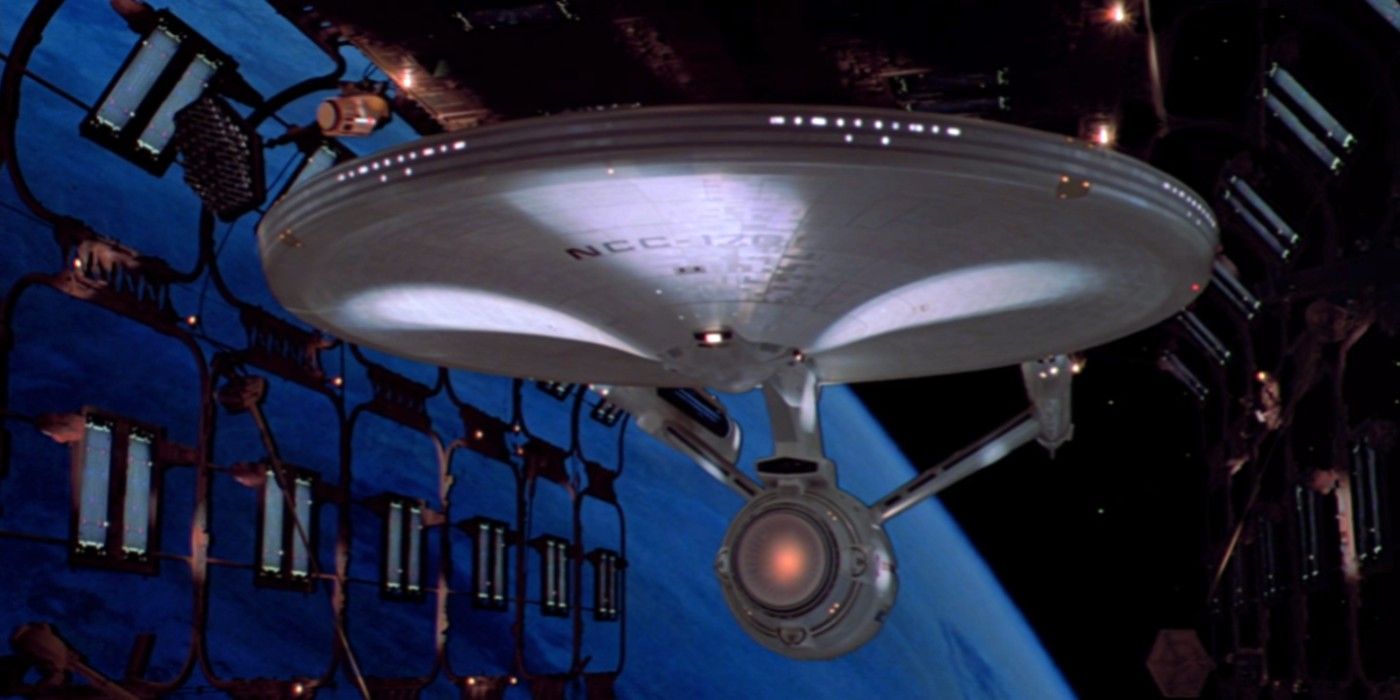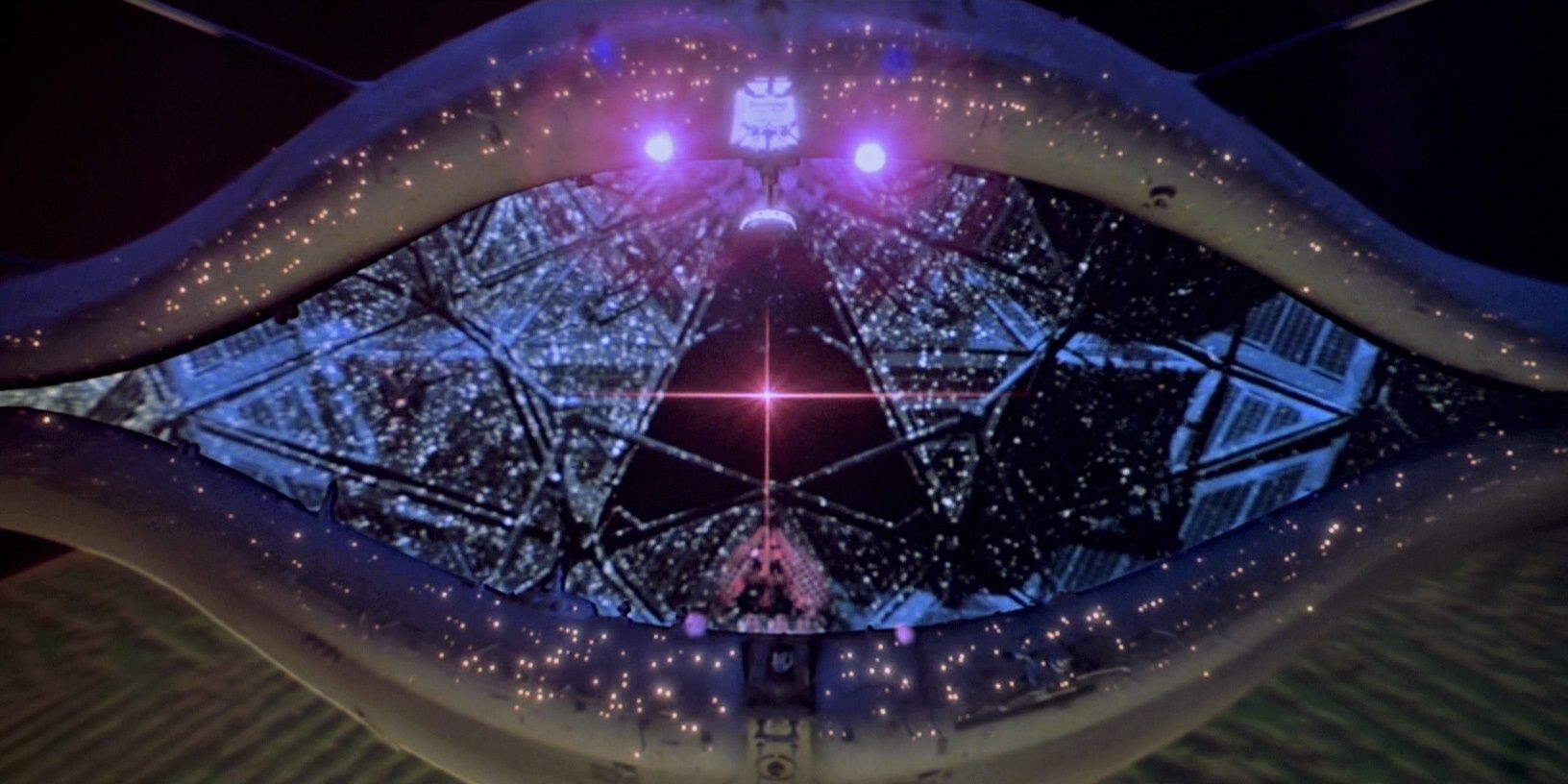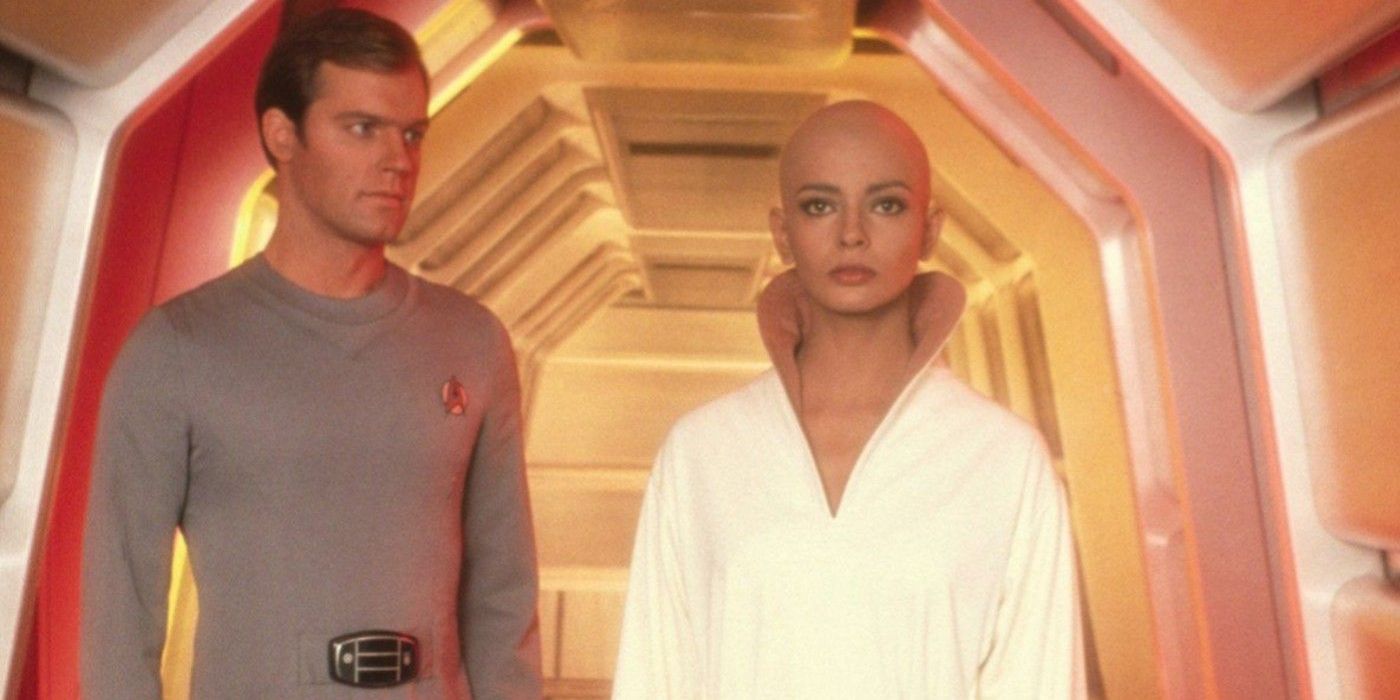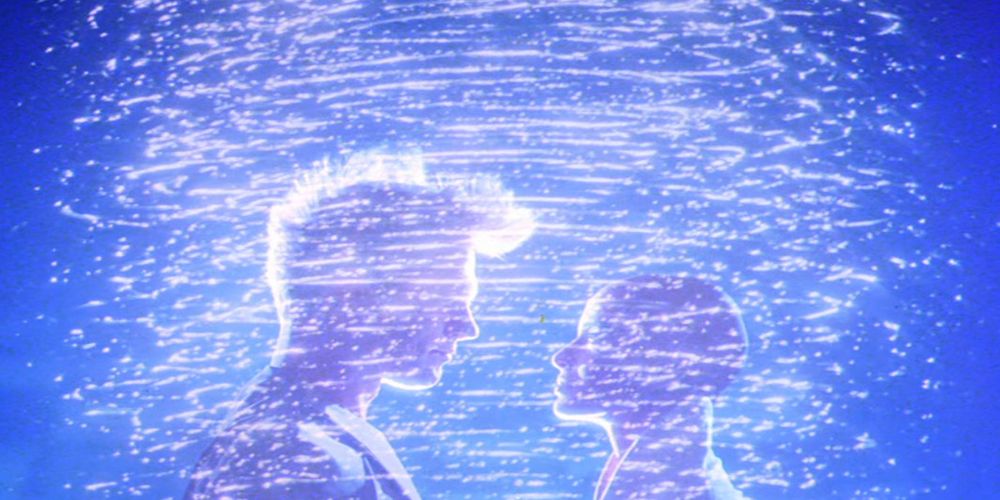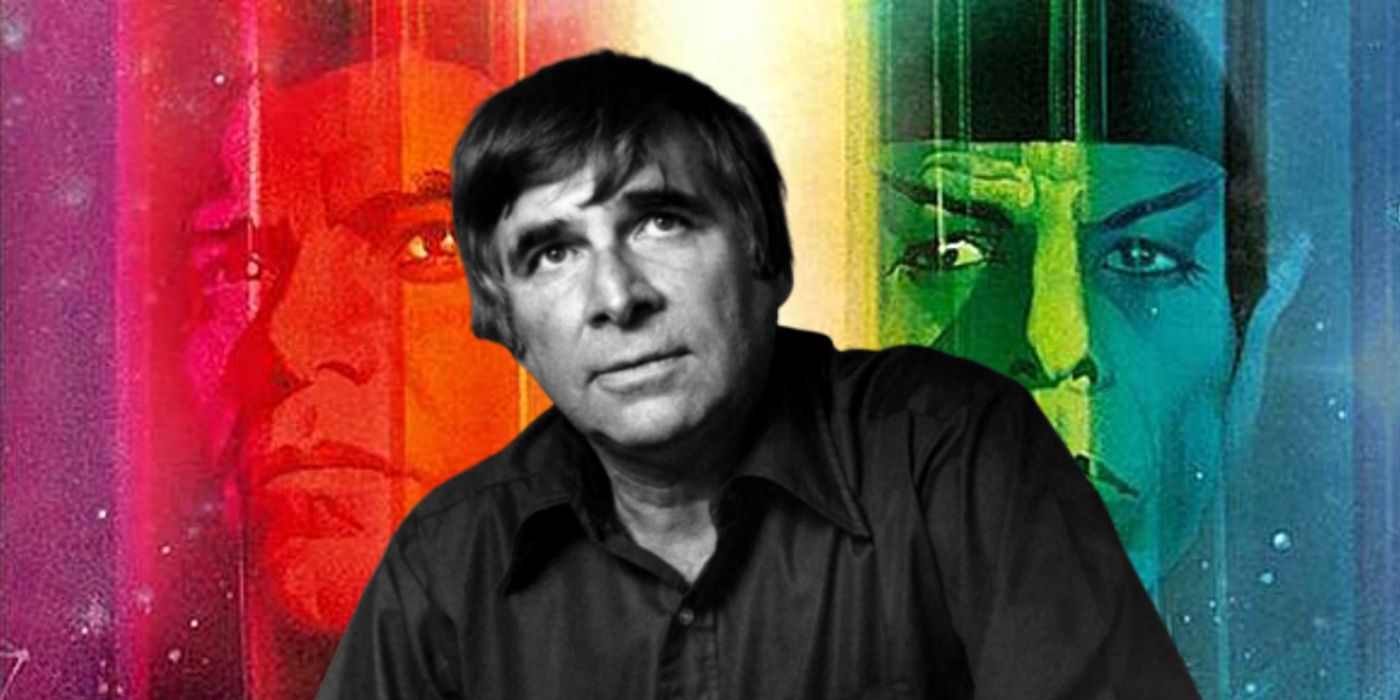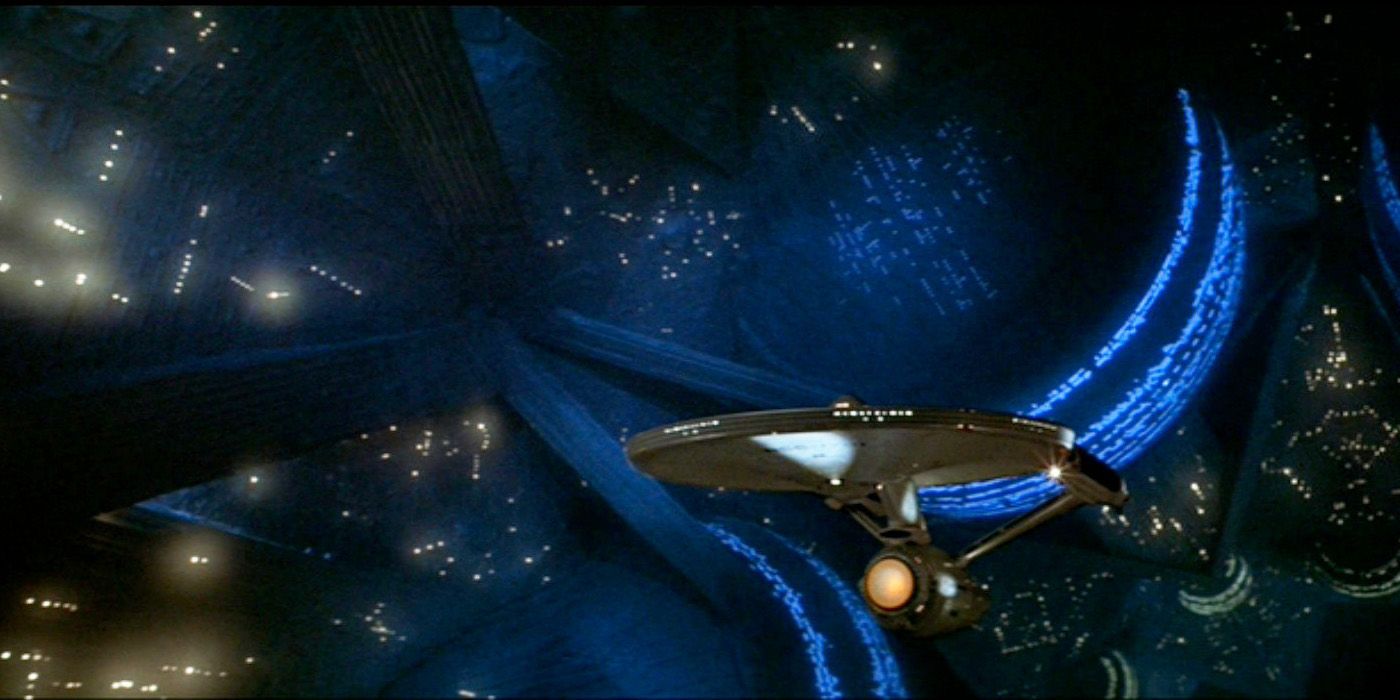Star Trek may have been consigned to the original 79 episodes had Paramount not revived the concept in 1979 with Star Trek: The Motion Picture. Initially envisioned as the template for a new series on a new television network, what became Star Trek: The Motion Picture reinvigorated the franchise with new sets, new and familiar characters, and new special effects.
Although the film was a financial success, it has often been criticized for its runtime, abstract plot, and plodding narrative. Still, the film is not without its merits, having brought the original crew of the Enterprise to the big screen for an all-new adventure.
Good: Klingon Makeover
Star Trek: The Motion Picture opened with a squadron of ships slowly approaching the perimeter of a large space cloud. These ships were easily recognizable to long-time fans of the series as Klingon battlecruisers, but when the camera cut to the crew inside, what was seen was not recognizable in the least.
As longtime Trekkers know, Klingons on the original series looked basically human. However, these “film” Klingons had a completely different and more “alien” look, with a prominent, ridged forehead as the main feature. This revolutionized the look of the species for a generation to come.
Wasn’t Good: Starfleet Uniforms
Star Trek is set in a future where human beings have resolved issues like hunger, poverty, and warfare and have joined a Federation of planets that seeks to peacefully explore the galaxy. This future is set centuries from now, and the time of Captain Kirk’s adventures is the 23rd century.
Yet from the wide lapels, bushy sideburns, and flaring pants legs, the film is squarely situated in the decade in which it was filmed and releases, the 1970s. Granted, science fiction decor, settings, and costuming are always reminiscent of the era in which they are produced, and Star Trek is no exception, but, in this case, it doesn't do the film many favors.
Good: Spock’s Character Arc
Few characters in pop culture history achieve the popularity that is afforded Mr. Spock, the Enterprise’s resident science officer, and second-in-command. A big part of what made the character so loved was his strict adherence to the Vulcan philosophy of logic. However, this was problematic for him, as his human half often scratched beneath the surface of that cool and calculating veneer with unbridled emotion.
Reconciling his two halves has always been one of the defining traits of the character. Following his failure at achieving Kolinahr, seeing him attain a measure of inner peace by mind-melding with V’Ger was satisfying for fans.
Wasn’t Good: Weak Villain
Star Trek has always straddled the line between being a philosophic examination of human nature in the future, and what Gene Roddenberry once called, “a wagon train to the stars.” The series managed to balance those aspects perfectly, as Captain Kirk pondered or double-fist punched his way through 79 episodes of the original series.
Part of what makes even a partly action-oriented film successful is a strong villain, which, unfortunately, Star Trek: The Motion Picture did not possess. A nebulous cloud that turns out to be a centuries-old NASA probe really isn’t compelling enough to hold the audience’s attention for the film’s 2 1/2 hour runtime. Thankfully, the sequel rectified that oversight with a villain who is widely regarded as the best of the original cast’s big-screen villains.
Good: Special Effects
For the era and budget, the special effects of the original Star Trek series may have been cutting edge but they were dated and hokey-looking even by 1970’s standards. Fans of the series wanted more for the big-screen adaption of their beloved franchise.
With the technical revolution in effects following Star Wars, Star Trek was finally able to give its fans top-notch special effects. From floating space stations to Klingon battle squadrons to an incredible shot of Starfleet Command, Star Trek: The Motion Picture made space look sleek and contemporary.
Wasn’t Good: Special Effects
As good as the special effects were in some areas, in others, they weren’t as effective. As nice as it was to see the debut of the Enterprise’s warp effects, the rainbow trail that came out of the warp nacelles seemed too terrestrial for an interstellar vehicle.
The most jarringly mind-bending and quasi-psychedelic effect was the V’Ger cloud itself, which seemed to be made up of several fractals in a blue palette. Rather than depict something that would seem concretely intelligible to the audience, the special effects team went for a different look that was hard to parse. Instead of enjoying the experience of the effects, in this case, the audience was left trying to interpret what they were seeing.
Good: New Characters
Obviously, seeing the old familiar faces on the big screen for the first time was what Star Trek fans were clambering for since the series went off the air, but the film introduced some new characters who were interesting and compelling in their own rights.
Captain William Decker was one of them, his dashing good looks, affable nature, and tension with Kirk adding substantively to the narrative. Lt. Ilia, the Deltan navigator, was another good addition. Interesting and full of potential, it’s unfortunate that their merging with V’Ger at the climax of the film eliminated them from appearing as regulars in sequels.
Wasn’t Good: Film’s Climax
Speaking of Decker, Ilia, and V’Ger’s union, the entire climax of Star Trek: The Motion Picture was anti-climactic, to say the least. For two and a half hours, the audience watched patiently as an immensely destructive force laid waste to the galaxy, and in the films’ closing moments they were expecting something a little more exciting than a man and woman merging with a computer.
Even the revelation that V’Ger was the NASA probe Voyager 6 reformatted by an alien race was a little hard to swallow, as was Kirk’s rubbing off “space dust” to see Voyager’s full name on the probe’s chassis.
Good: Reinvigorated The Franchise
The best part about Star Trek: The Motion Picture is that it reinvigorated the franchise and gave longtime fans what they wanted to see: their heroes back in action for another adventure.
Having learned from the successes and mistakes of this film, producers and writers released many successful Star Trek sequels; this film’s immediate successor, Star Trek II: The Wrath of Khan, is widely considered the best Trek film to date. The franchise also expanded to include a plethora of television shows that continued the spirit and legacy of Roddenberry’s vision, and none of that would have happened if this film hadn’t been made.
Wasn’t Good: Pacing
By far one of, if not the biggest drawback of Star Trek: The Motion Picture was its pacing. The plot redefines the term “slow burn,” as almost the entire film is spent traversing the expanse of V’Ger’s immense area to reach its nucleus, with little to no action in between (unless you count a drawn-out and laborious wormhole sequence).
The film is philosophical in nature and dialogue-heavy, which may have appealed to those interested in dramatized hypothetical polemics but was not altogether compelling for the general, movie-going public.

